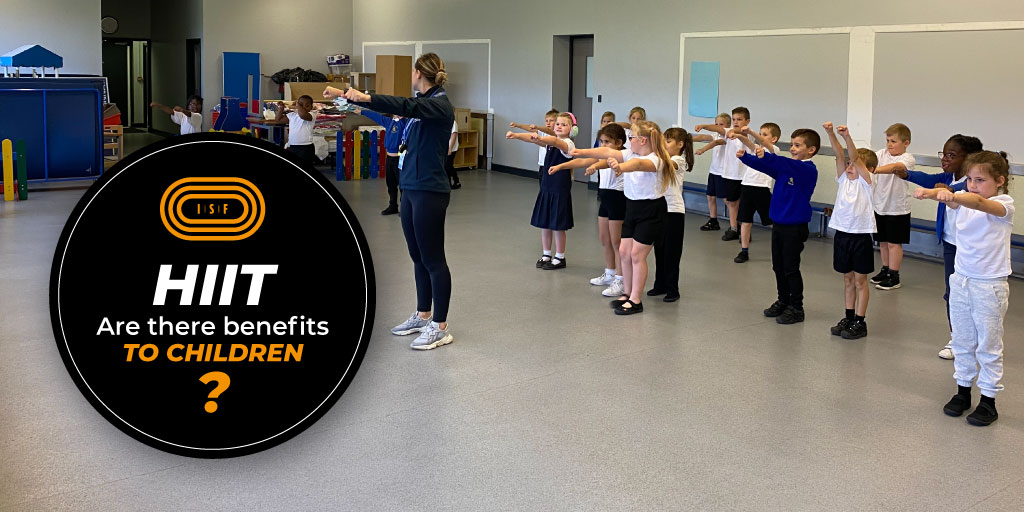HIIT or High-Intensity Interval Training has become a fitness favourite for adults across the world. As restrictions swept across countries globally, it became a huge part of successful workout programmes, proving that whilst people may find it difficult to get to the gym, exercise is a huge part of their lives.
HIIT workouts can range from 5 seconds to 8 minutes of hardcore activity performed at around 80 to 95% of your maximum heart rate. Putting huge stress on your muscles with repetitive combos and highly effective exercise, it has been the focus of many exercise classes offered by online fitness gurus and gyms alike.
There is no question, however, that this type of training is meant for adults. So what, if anything, could they offer children?
With prolonged restrictions, HIIT combos or exercise regimes became the weapon of choice in getting children moving at home. They’ve offered short bursts of activity when much of the focus across the media and from their teachers was to focus on getting them through exams and towards academic goals.
In 11 studies, using more than 500 participants it was found that HIIT does have benefits. Those short bursts of activity mimic the way children play, some of the most obvious examples being spirited games of It and Hide & Seek. With limitations on time and even changing areas during restrictions, fitting higher tempo activity into shorter periods of time was a useful tool.
In fact, it’s possible to retrofit HIIT routines to meet the needs of children from 5 to 17. Instead of rigid combo activities made for adults, relay races with stations including jumping squats and star jumps in teams, would be far more engaging for children and young adults.
The World Health Organization has, however, argued against high energy activity or any kind of vigorous activity for pre-pubescent children. In a study from 2020, it was found that there is a higher risk of burnout and injury. Put simply, high-intensity exercise is simply not meant for children. Yet children do perform at a high level in sports and activity as children. Dancers, gymnasts, tennis players are all examples of athletes that often start training at a very young age across the world.
These, however, don’t make up the majority of children’s experiences. Since children do have a propensity for movement, anything that allows them to play, learn or be curious about movement can help them stay healthy. There are parts of HIIT training that can be useful for school sport and PE but it is important to maintain some of those interactive and engaging features so they’re less like drills.



